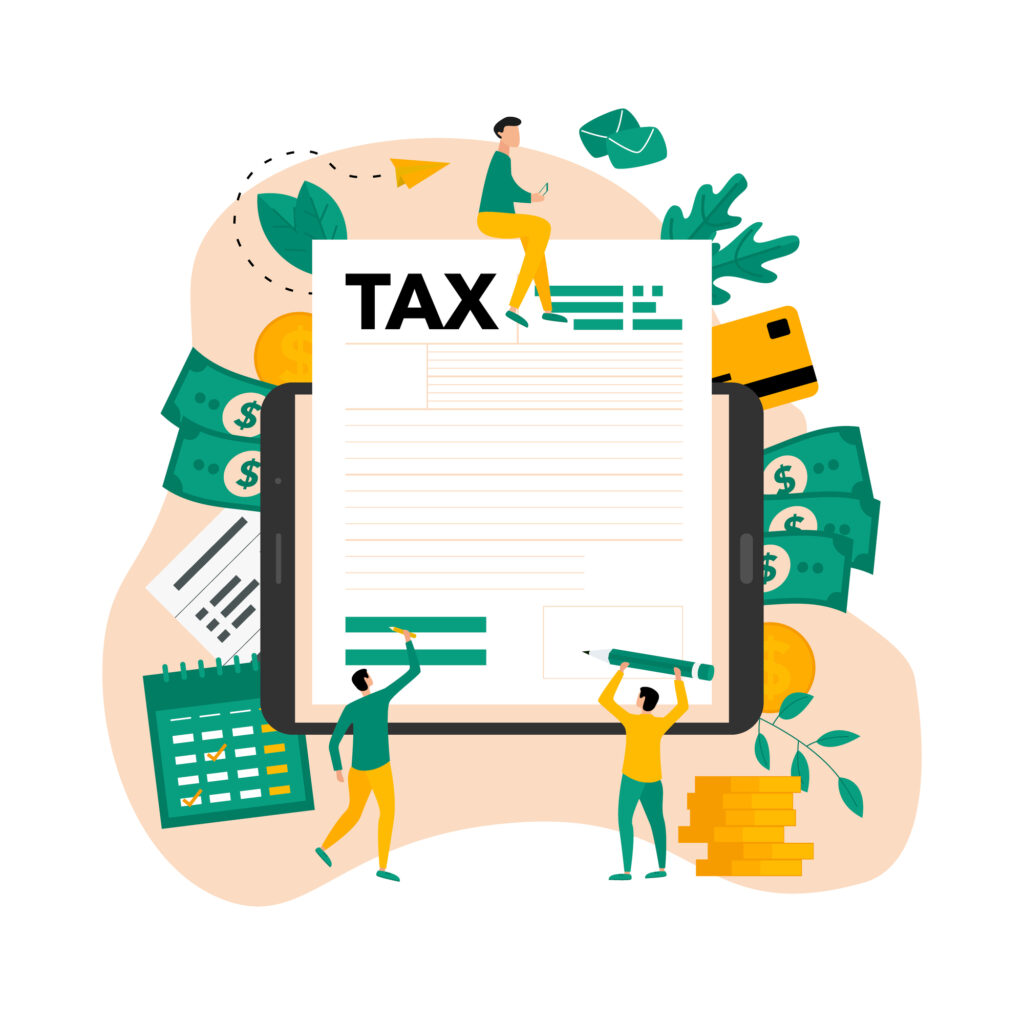 The tax law has a number of favorable tax rules for small businesses, but the definition of what’s “small” varies considerably. In a number of instances, “small” depends on your gross receipts and has nothing to do with the number of employees, assets, or anything else. But it’s not so simple as a single gross receipts test, so you may qualify as a small business for one break but not for another. The IRS defines gross receipts as the total amounts received from all sources during the business’ annual accounting period, without subtracting any costs or expenses.
The tax law has a number of favorable tax rules for small businesses, but the definition of what’s “small” varies considerably. In a number of instances, “small” depends on your gross receipts and has nothing to do with the number of employees, assets, or anything else. But it’s not so simple as a single gross receipts test, so you may qualify as a small business for one break but not for another. The IRS defines gross receipts as the total amounts received from all sources during the business’ annual accounting period, without subtracting any costs or expenses.
See which small business tax breaks apply to you:
Basic gross receipts test
A number of tax breaks for small businesses are tied to “the gross receipts test.” This is the basic test; all of the other gross receipts tests that follow in this blog are unique to the tax break to which it relates. If the basic gross receipts test is met, then the following tax breaks apply:
- Cash method of accounting. A C corporation otherwise required to use the accrual method can use the simpler cash method of accounting.
- Inventory. Instead of special tax reporting for inventory, including figuring the cost of goods sold, items acquired for sale can be treated as deductible nonincidental materials and supplies.
- Completed contracts method. A special accounting method for long-term contracts must be used unless the gross receipts test is met.
- UNICAP rules. Certain costs must be added to the basis of property, such as costs to produce real or tangible personal property used in the business, and can’t be immediately deducted. But meeting the gross receipts test exempts these costs of the UNICAP rules.
- Interest expense deduction limitation. Businesses are limited in the amount of interest expense that can be deducted, but meeting the gross receipts test is an automatic exemption from this limitation (real estate and farming businesses that don’t meet the gross receipts test can elect out of the limitation).
- R&D costs after 2021 and before 2025. Businesses that meet the gross receipts test and had research costs in 2022 through 2024 can amend returns to retroactively expense these costs instead of amortizing them over 5 years and receive a tax refund. This break from the One Big Beautiful Bill Act is new, so IRS guidance is needed on how to get the refund.
Bad debt deduction for certain businesses
Certain service-based businesses on the accrual basis have an alternative way to account for bad debts: the nonaccrual-experience (NAE) method. Income that is not expected to be collected doesn’t have to be accrued. If, based on prior experience, it is determined that certain receivables will not be collected, they don’t have to be included in gross income for the year.
- Gross receipts test: Having average annual gross receipts for the 3 prior years of not more than $5 million.
Research credit alternatives
Do you have R&D costs? Instead of expensing these costs, you may claim a tax credit. And rather than using the research credit to offset regular income tax—the usual thing—there are two other ways to use the credit:
- Offset the employer’s Social Security tax liability, up to $250,000 and Medicare tax liability (up to $250,000).
- Gross receipts test: Gross receipts for the current year of less than $5 million and no gross receipts in the 5 prior years.
- Offset alternative minimum tax liability for owners of pass-through entities.
- Gross receipts test: Average annual gross receipts of $50 million or less in the 3 prior years. For partnerships and S corporations, the owners must also satisfy this gross receipts test individually.
Small building safe harbor
Usually, building improvements must be capitalized and their cost recovered through depreciation. But owners can expense certain costs if they are eligible for the small building safe harbor.
- Gross receipts test: Having average annual gross receipts in the 3 prior years of no more than $10 million. There is no aggregation rule here, so if you own multiple businesses, you don’t have to aggregate your gross receipts; each business stands on its own. In addition, the unadjusted basis of the building (usually cost minus the land) must be no greater than $1 million.
Disabled access credit
Small businesses that incur expenditures to remove barriers on business property that impede the access of individuals with disabilities and to supply special materials or assistance to visually or hearing-impaired persons may claim a credit of 50% of expenditures between $250 and $10,250 (maximum credit is $5,000).
- Gross receipts test. Gross receipts of no more than $1 million (after returns and allowances) or no more than 30 full-time employees for the tax year before the year of the credit.
QBI deduction
The 20% qualified business income deduction for owners of pass-through entities is greatly limited for a specified service trade or business (SSTB). But under a de minimis rule, a business is not treated as an SSTB if it meets a special gross receipts test for this purpose.
- Gross receipts test. Less than 10% of gross receipts (5% if gross receipts are greater than $25 million) are attributable to the performance of services in a specified service activity.
Look-back method
Small businesses may escape the application of the look-back method if the contract is completed within a 2-year period and the contract’s gross sale price does not exceed the lesser of $1 million or 1% of the business’ average annual gross receipts for the 3 years preceding the tax year in which the contract is completed. The gross receipts test used for construction contracts in general (mentioned above) does not apply for the exception to the look-back method.
S corporation
If an S corporation was previously a C corporation with accumulated earnings and profits and now has a certain amount of passive investment income, the S corporation may be subject to an entity-level tax of 21% and can even result in the termination of S status.
- Gross receipts test: Passive investment income exceeding 25% of gross receipts.
Loss on the sale of small business stock
If you own corporate stock in a closely-held business that meets certain requirements and you sell the stock at a loss, it’s treated as an ordinary loss up to $100,000 for joint filers ($50,000 for singles) rather than as a capital loss. To qualify as Section 1244 (small business stock):
- Gross receipts test: The corporation must have derived over half its gross receipts during the 5 years preceding the year of the loss from business operations, and not from passive income.
Farming debt
The cancellation of debt usually results in taxable income. But the cancellation of qualified farm indebtedness isn’t taxed if the debt is incurred by a farming business.
- Gross receipts test: Having at least 50% of gross receipts in the prior 3 years from farming activities. This debt must be owed to one who is regularly engaged in lending money, including the U.S. Department of Agriculture.
Information return penalties
Businesses that fail to file 1099s and other information returns may be subject to substantial penalties. But there’s a different—lower—set of penalties for small businesses.
- Gross receipts test: Average annual gross receipts for the most recent 3 years of $5 million or less.
Final thought
The gross receipt test is a lot of technical stuff. The point of this blog is to demonstrate that the tax rules are tricky. You think you are a small business, but may only be one for certain tax breaks. Work with a tax professional who can advise you on which favorable tax rules may apply to you based on your gross receipts.
Additional information concerning gross receipts can be found here.


